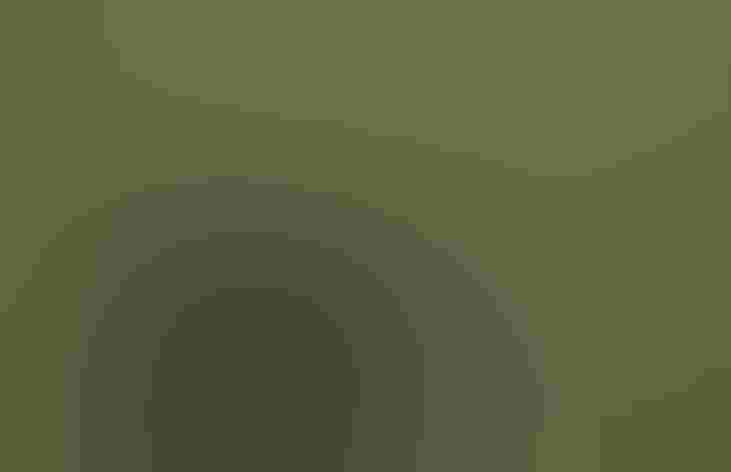Least Grebe
At a Glance
A tiny diver of the American tropics, entering our area mainly in southern Texas. Seems to fly more readily than most grebes, and may colonize temporary ponds or flooded areas shortly after they form. Often seen swimming and diving on small ponds or ditches in pursuit of aquatic insects, its main food. Sometimes the Least Grebe hides in dense marshes, where its presence may be revealed by metallic trilling calls, often given as a duet by members of a mated pair.
All bird guide text and rangemaps adapted from Lives of North American Birds by Kenn Kaufman© 1996, used by permission of Houghton Mifflin Harcourt Publishing Company. All rights reserved.
Category
Duck-like Birds, Grebes
IUCN Status
Least Concern
Habitat
Freshwater Wetlands, Lakes, Ponds, and Rivers
Region
Texas
Behavior
Direct Flight, Rapid Wingbeats, Swimming
Population
500.000
Range & Identification
Migration & Range Maps
Not truly migratory, but moves around considerably, sometimes appearing quickly on newly-formed ponds. Has strayed north to California, Arizona, and Louisiana. Has colonized many islands in Caribbean, and strays from Caribbean have reached Florida. Movements are probably mostly at night.
Description
8-10" (20-25 cm). Smaller than Pied-billed Grebe, dark, gray-faced, with small thin bill and bright yellow eyes. Throat blackish in breeding plumage. Some Eared Grebes in winter plumage are quite dark and may have yellow eyes.
Size
About the size of a Robin
Color
Brown, Gray, White, Yellow
Wing Shape
Tapered
Tail Shape
Short
Songs and Calls
Loud peek! and other calls.
Call Pattern
Flat
Call Type
Rattle, Trill
Habitat
Ponds, marshes. In Texas usually on shallow freshwater ponds and ditches, either fairly open or with heavy marsh vegetation. Often appears on small temporary ponds after rainy periods. In tropics, also on brackish marshes, lakes, slow-moving rivers, mangrove swamps.
Sign up for Audubon's newsletter to learn more about birds like the Least Grebe
Behavior
Eggs
4-6, rarely 3-7. Whitish to very pale blue-green, becoming stained in nest. Incubation (by both sexes) about 21 days.
Young
Can swim soon after hatching. Small young often ride on parents' backs; fed by both parents. Young may return to nest for sleeping and resting during first 2 weeks after hatching. Age at first flight not known. May raise 2-3 broods per year (possibly more in tropics).
Feeding Behavior
Forages in several ways. Dives and swims underwater in pursuit of prey, captures insects on and above surface of water or takes them from waterside vegetation. May catch flying dragonflies by approaching them underwater and then erupting from beneath water's surface to snatch them from the air.
Diet
Mostly insects. Feeds on wide variety of insects, including aquatic beetles, waterbugs, dragonfly larvae and adults, and others. Also small crustaceans, spiders, tadpoles, small fish.
Nesting
In Texas, breeds mainly spring and summer, sometimes at other seasons; nests year-round in the tropics. Courtship displays not well known, may include pair rising to upright position and gliding rapidly across surface of water. Nest: Site is in shallow water, usually 1-3' deep. Nest (built by both sexes) is a mass of decaying vegetation, either floating or resting on bottom, anchored to aquatic plants. Same nest often re-used for subsequent broods.
Conservation
Conservation Status
Numbers vary in limited range in United States. Many may be killed by exceptionally cold winters in Texas.
Climate Threats Facing the Least Grebe
Choose a temperature scenario below to see which threats will affect this species as warming increases. The same climate change-driven threats that put birds at risk will affect other wildlife and people, too.





